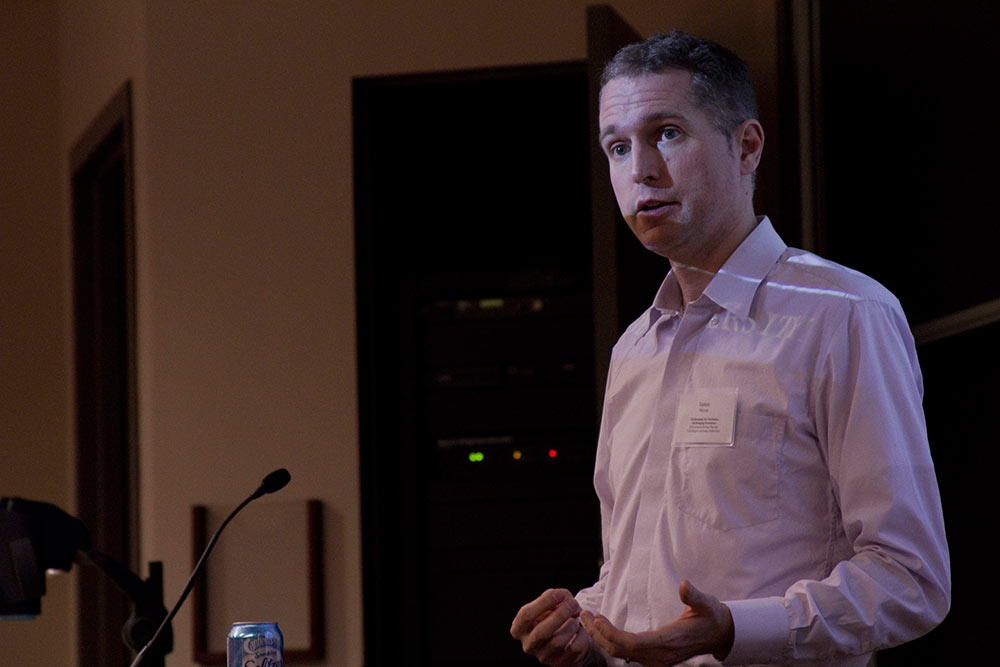
Nira Hativa
, an expert in curriculum and instruction, notes an effective lecture does more than just communicate information: "[i]t arouses interest and motivation; promotes concentration and attention; identifies and marks the most important information; and enables effective cognitive processing, storing, and information retrieval" (76).
Charles W. Eliot, a former president of Harvard, put it differently: "The lecturer pumps laboriously into sieves. The water may be wholesome, but it runs through. A mind must work to grow" (cited in Bok, 123).
The links and resources below offer strategies for making minds work during a lecture.
Making Lectures Interactive
Interactive Class Polling
Polling software can be a powerful tool to cultivate teamwork during class and engage your students in course material. In the below video, learn how DePaul University faculty members Craig Klugman (Health Sciences) and Elizabeth Florez (Nursing) use it in their courses.
You can learn more about classroom response apps by visiting the
mobile learning page.
More Ideas
References
Bligh, D.A. (2000). What's the Use of Lectures? San Francisco: Jossey-Bass.
Bok, D. (2006).
Our Underachieving Colleges: A Candid Look at How Much Students Learn and Why They Should Be Learning More. Princeton, N.J.: Princeton University Press.
Hativa, N. (2000). "Lecturing and Explaining." Chapter in Teaching for Effective Learning in Higher Education. Dordrecht, The Netherlands: Kluwer Academic Publishers.
Rotenberg, R. (2005). "The Lecture Classroom." Chapter in The Art and Craft of College Teaching: A guide for New Professors and Graduate Students. Walnut Creek, CA.
Further Resources
Mobile Learning